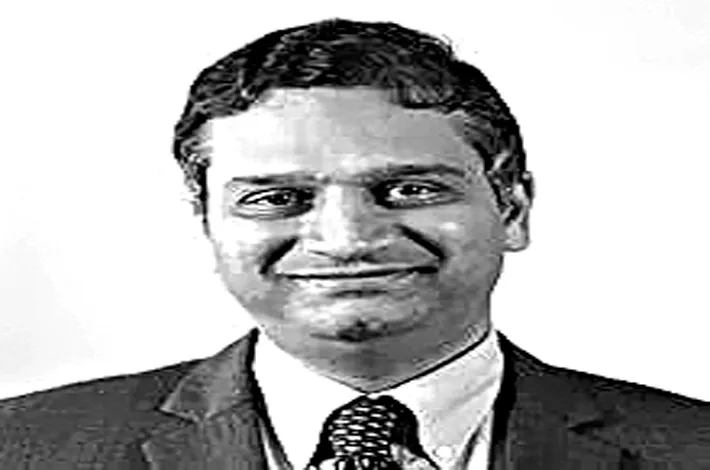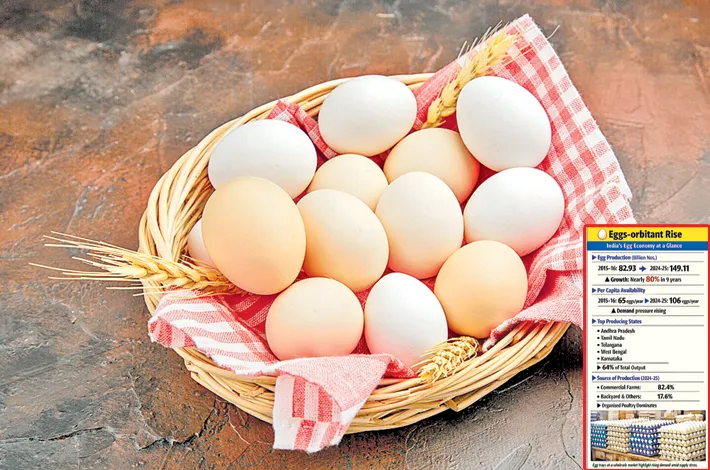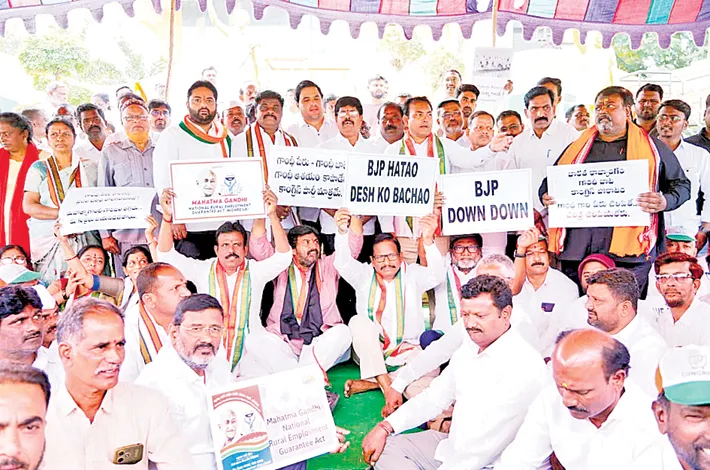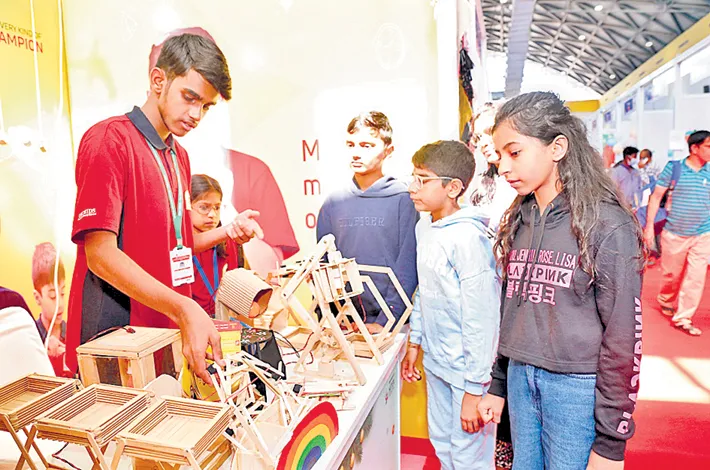People have a different view on economy than economists
26-04-2025 12:00:00 AM

Credit policy targets inflation, which is defined by the NSO. But the numbers tend to be much lower than the perception of households
India will be ending FY25 with a growth rate of 6.5%, which is quite impressive. The two lacunae, if they are to be called so, during the year were the tepid growth in consumption and private sector investment (which was not broad-based but sector-specific). On consumption, there is a dualistic story where the rural population tended to spend more while urban consumption lagged.
The reason was high inflation, which came in the way of the purchasing power. But the CPI inflation numbers, which are used at the policy level, reveal a positive tendency, as inflation rates had been coming downwards and ended at 3.3% for March. There are, hence, two rather distinct views on the economy: as perceived by economists, who go by hard data, and as perceived by individuals, who base their view on personal experience.
In this context, it is compelling to take a look at the RBI’s consumer confidence survey, which tells us how individuals feel about the state of the economy. The RBI’s consumer confidence survey is carried out every two months and covers around 6000 households. These households give their view on certain parameters based on their perceptions. The table below gives the proportion of households who felt that a certain parameter improved in March 2025 compared to last year. The proportion for the same parameter is also provided for March 2024, where perceptions were compared over March 2023.
The table shows one unequivocal trait, which is that households have a different view on the economy when compared with professionals who go by hard macro-economic data. A smaller proportion of individuals felt that the economic conditions have improved this year relative to last year. While this would gel well with the fact that the GDP growth this year will be lower than FY24 at 6.5%, individuals probably look at other variables too.
Employment perceptions too vary. The proportion of households who believe employment has gone up has come down to 35.5% compared with 38.1% in March 2024. Here it looks likely that the responses are driven by their own experiences in the market or that of friends and relatives. Also, the news on companies laying off employees plays at the back of the mind when a response is provided to this question. This view is in contrast to the EPFO data, which indicates that more jobs have been created during the year.
Individuals would be affected the most by what affects them closely, which is incomes and prices. The former is something which is felt as earnings are known. Prices would be a general feeling of real purchasing power, which could tend to be overstated or understated depending on how the money is spent. The two, at times, get linked, as even when the income increases, higher prices for essentials can lead to the perception that the income has not quite increased.
The picture here, hence, would read that fewer households feel that their income has increased, though more believe that spending has increased. People do not suffer from money illusion and, hence, look at real income most of the time when judging if nominal income has increased.
Within spending, there is an increase in the proportion of households who believe they have spent more on essentials, while the same has come down for non-essentials. Quite clearly, the price factor comes in both in absolute terms and rate of change, which is inflation. Higher food prices have increased family spending on essentials, leaving less for discretionary goods and services.
It does look like that at the end of the day, prices and inflation matter the most and could be clouding the judgement of respondents. There was an overwhelming majority of people who feel that prices have increased and inflation is high. Therefore, even while the official CPI inflation numbers have declined to 3.3% in March from a high of 6.2% in October, households do not concur on the same.
First, individuals are more likely to consider the ready basket of goods consumed, which excludes things that are not purchased on a daily basis, like rent, clothing, and so on. Second, they tend to look at prices at the present level compared with the last low price paid for the good or service. They may not remember the prices exactly a year back but tend to benchmark against the lowest they paid for the product.
Third, often human psychology tracks prices that have gone up but not come down. Therefore, there can be a bias to look at products where prices have risen. The higher price of bread or milk by even Rs 2 a loaf or litre will register as prices going up, while that of tomatoes coming down from Rs 40/kg to Rs 30/kg is not seen in the same light.
An interesting observation that comes from another survey, carried out by the RBI on inflation expectations, is that households always feel that inflation is much higher than what the official data says. The latest survey shows that for March 2025, the inflation perception was 7.8% against the official number of 3.3%. In fact, the entire year, the range of perception was between 7.8% and 8.4%. Hence, the perception of individuals tends to be based on different factors.
This raises interesting questions from the point of view of policy. The credit policy targets inflation, which is defined by the NSO. But these numbers tend to be much lower than the perception of households. This is where there would be a divergent view, especially when the net interest rate is looked at. At the policy level, the expected inflation rate of 4% for the year would indicate that a repo rate of 5.5% would still mean a real interest rate of 1.5%. Individuals, on the other hand, will always feel that their real return is in the negative zone.








